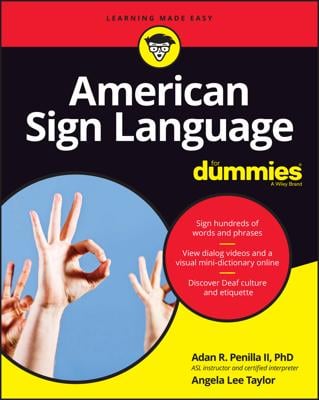Just like any other culture, the Deaf community has its own customs, beliefs, and arts that are passed down from generation to generation. The culture of the Deaf community isn’t arbitrary; it’s a system of understandings and behaviors.
This cultural group shares the characteristics of other cultural groups:
-
They share the commonalities of language and the obstacles of daily life.
-
The Deaf culture is based on a collective mindset, not an individual one. Many Deaf people feel a stronger tie to other Deaf people than to people who can hear.
-
Deaf people feel a strong bond to one another; they have a strong sense of cooperation.
-
Deaf people come from all walks of life, from executives to construction workers, and like with English, those who are more educated than others are able to communicate more clearly by following the rules of their respective language.
-
As with all cultures, time modifies and alters some aspects of the culture because culture is both learned and shared among a given group of people.
Culture teaches members of a community how they, as a people, respond to other ethnic groups and the world around them.
You may be thinking that the question of who fits into the Deaf community is a silly one — Deaf people, obviously! But the Deaf community includes these people, too:
-
Hearing people. Those who can hear play important roles in the community of the Deaf as educators, ASL teachers, and interpreters for the Deaf. Many hearing people are also married to Deaf people or have Deaf children, making them part of the Deaf community.
-
Children of Deaf Adults (CODAs). Obviously, this term simply means people who have Deaf parents.

